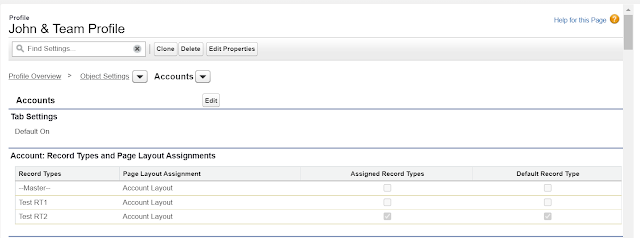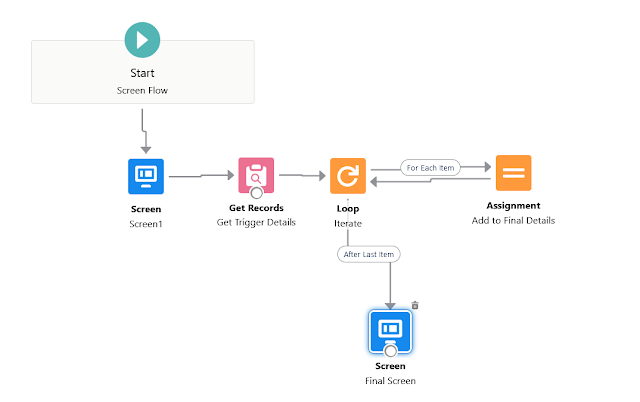Salesforce Fact #225 | List copy in flow

Unlike apex, Collections in flow follow deep copy paradigm while one list is assigned to another. In this example, we have two lists accList1 & accList2. accList1 is populated with the result of Get Records element for Account object, then accList2 is populated with the values of accList1. Now when we remove the first element from accList1, the same is not changed in accList2. Attached are the screenshots.







